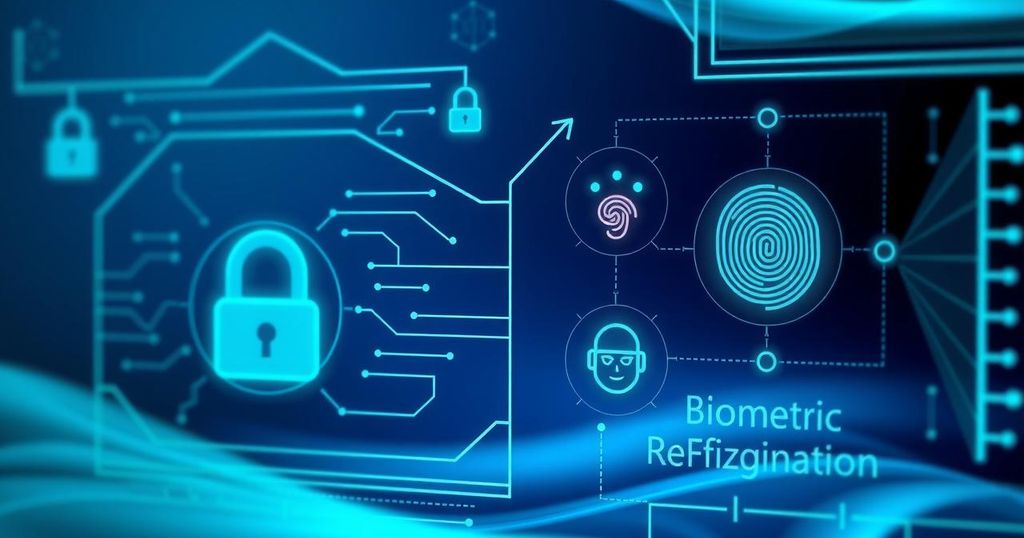The Self-Service Innovation Summit will host a panel examining the impact of biometric identification in ATMs and kiosks. With experts discussing benefits and privacy concerns, the session will cover compliance with consumer laws, the risks of biometric data breaches, and the technology’s potential to enhance user convenience and security. The event will take place from December 9-11 in Tampa, Florida.
The Self-Service Innovation Summit, scheduled from December 9-11 in Tampa, Florida, will feature a panel discussing the role of biometric identification in self-service technologies like ATMs and kiosks. Moderated by Lonnie Talbert of ATMIA, the panel will include experts from TendedBar, Vett3d, and Miami-Dade Aviation, delving into both the potential benefits and the privacy concerns associated with biometric tools such as fingerprint and facial recognition. As self-service vendors increasingly implement biometric technology to enhance security and customer experience, critical questions arise regarding privacy regulations. The Federal Trade Commission (FTC) has highlighted concerns about the pervasive nature of biometric surveillance, emphasizing the need for self-service operators to comply with consumer privacy laws. Samuel Levine of the FTC noted in 2023 that “biometric surveillance has grown more sophisticated and pervasive, posing new threats to privacy and civil rights.” Despite the risks, biometric systems can streamline user interactions by eliminating traditional barriers associated with ATM and kiosk transactions, such as card insertion and PIN entry. The Identity Management Institute stressed the utility of biometrics in securely associating actions with individuals, particularly in sensitive environments, thus reducing fraud potential and reinforcing audit capabilities. They cautioned, however, that breaches of biometric data pose severe risks since unlike passwords, biometric identifiers cannot be changed if compromised. The upcoming discussion will address how to mitigate these challenges while optimizing the use of biometrics in self-service applications. Talbert emphasized the advantages of biometric systems, stating that their “ease of use and convenience” are paramount, while also ensuring that “accuracy and reliability” are maintained. He is enthusiastic about sharing insights on the “biometric opportunities in the ATM space” during the summit.
The integration of biometrics into self-service solutions is a growing trend aimed at enhancing security and customer interaction. ATMs and kiosks are evolving with advanced technologies that allow for faster and more secure transactions. However, these innovations come with significant privacy considerations that self-service operators must navigate. The landscape is shaped by regulatory frameworks, technological advancements, and heightened consumer awareness regarding data protection. Understanding both sides of the biometrics narrative is essential for stakeholders involved in self-service technology.
The discussion at the Self-Service Innovation Summit promises to shed light on the complex dynamics of biometrics in ATMs and kiosks. While the technology offers significant benefits in terms of efficiency and security, it also poses critical privacy challenges that must be diligently managed. As the industry moves forward, balancing innovation with consumer protection will be crucial for the successful adoption of biometric solutions in self-service environments.
Original Source: www.atmmarketplace.com







